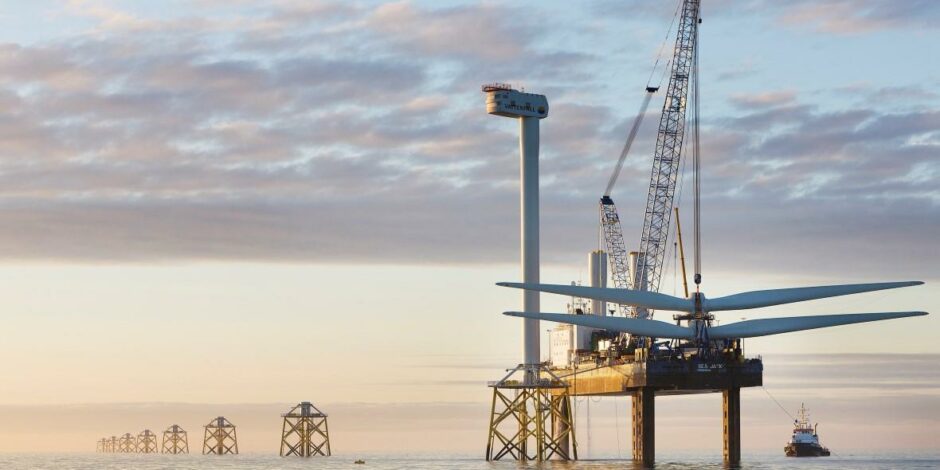
A new industry report has outlined detailed plans to triple UK offshore wind supply chain manufacturing over the next 10 years by targeting five key technology areas.
The Industrial Growth Plan (IGP), produced by RenewableUK, the Offshore Wind Industry Council (OWIC), The Crown Estate and Crown Estate Scotland, identifies supply chain constraints in key areas in which the UK should prioritise investment.
These include the design and manufacture of offshore wind blades and turbine towers, foundations, cables and other key components and services.
The plan envisages mobilising nearly £3 billion of funding nationwide, primarily through private funding, with an estimated return of just under £9 for every £1 invested.
The plan also outlines strategic new factories and manufacturing capabilities which the UK should build up to protect against supply chain risks and boost economic growth.
The group said the IGP measures could support an additional 10,000 jobs a year in the UK.
In addition, the group said the plan could boost the UK’s economy by a further £25 billion between now and 2035, if the UK accelerates offshore wind deployment in line with its net zero targets to 5-6GW a year.
Offshore wind research and development
The growth plan also sets out the potential to incorporate automation and artificial intelligence (AI) to spur technological innovation, accelerate deployment and reduce environmental impacts.
Other proposals include expanding testing facilities focused on new wind turbine blade materials and floating offshore wind platform designs.
The testing facilities would form part of the focus for a potential new Advanced Technology Institute and a new National Innovation Hub.
The new research and development centres would collaborate with the existing Catapult network, which is funded by the UK government’s innovation agency InnovateUK.
Economic opportunity
The industry estimates investment in new offshore wind projects will create an economic opportunity worth up to £92bn for the UK by 2040.
Meanwhile, employment in the offshore wind sector is set to rise to over 100,000 by 2030, up from 32,000 in 2024.
Last year, RenewableUK estimated the UK floating offshore wind sector alone could support up to 29,000 jobs.
RenewableUK chief executive Dan McGrail said the IGP is the “deepest dive ever” into the UK offshore wind supply chain to identify the highest-value components and services.
“For example, it shows that the UK will need three hundred giant turbine towers every year for offshore wind projects between now and 2030 to deliver Government targets,” Mr McGrail said.
“The plan charts a clear course for us to ensure that we seize that massive economic opportunity and maximise our opportunities to manufacture those towers here, along with more blades, cables, foundations and a whole range of other products.
“By using this as a blueprint to work closely with all our partners in the sector, we can triple the size of that supply chain, ramp up our offshore wind capacity significantly and secure a huge increase in jobs, all within the next ten years.”
UK has ‘competitive advantage’
UK energy secretary Claire Coutinho said Britain’s coastline gave it a “competitive advantage” in the global offshore wind sector.
Ms Coutinho said the IGP will work with the government’s £1bn Green Industries Growth Accelerator to build out the UK supply chain.
Crown Estate Scotland interim marine director Sian Wilson said the IGP is central to coordinating innovation and investment to fulfil the needs of ScotWind and other leasing rounds.
“The success of recent leasing rounds in Scotland demonstrates the huge appetite to ensure that offshore wind, especially floating turbines, lie at the heart of the just transition to net-zero,” Ms Wilson said.
Economic and jobs transition
The Crown Estate managing director for marine Gus Jaspert said the UK needs to view the energy transition as being an economic and jobs transition as well.
“Our offshore wind industry is already world leading but as demand for wind technology increases further, both nationally and on a global level, the UK must be on the front foot investing in and developing its supply chain to accelerate growth within the sector,” he said.
“Establishing this supply chain will take co-ordination and collaboration across UK governments and industry, and the IGP provides the detail needed to target those areas where we can have the biggest impact.”
Mr Jaspert said The Crown Estate is investing £50m to establish a ‘Supply Chain Accelerator” to support early-stage investment.
An initial £10m pilot fund will launch in the summer to support supply chain opportunities from the Celtic Sea fifth leasing round, with the remaining £40m earmarked for measures within the IGP.
Following the publication of the IGP, the sector will now take forward proposals to set up an IGP Delivery Body before the end of the year.
Offshore wind sector reaction
EnBW Generation UK managing director Damien Zachlod said the IGP measures will “go a long way to furthering the growth of the UK supply chain”.
One of Germany’s largest energy firms, EnBW is developing 6GW in offshore wind projects through a joint venture with BP, including the Morven ScotWind project.
Mr Zachlod said implementing the IGP recommendations would unlock the potential for the offshore wind sector to transform UK ports into industrial hubs.
Recommended for you

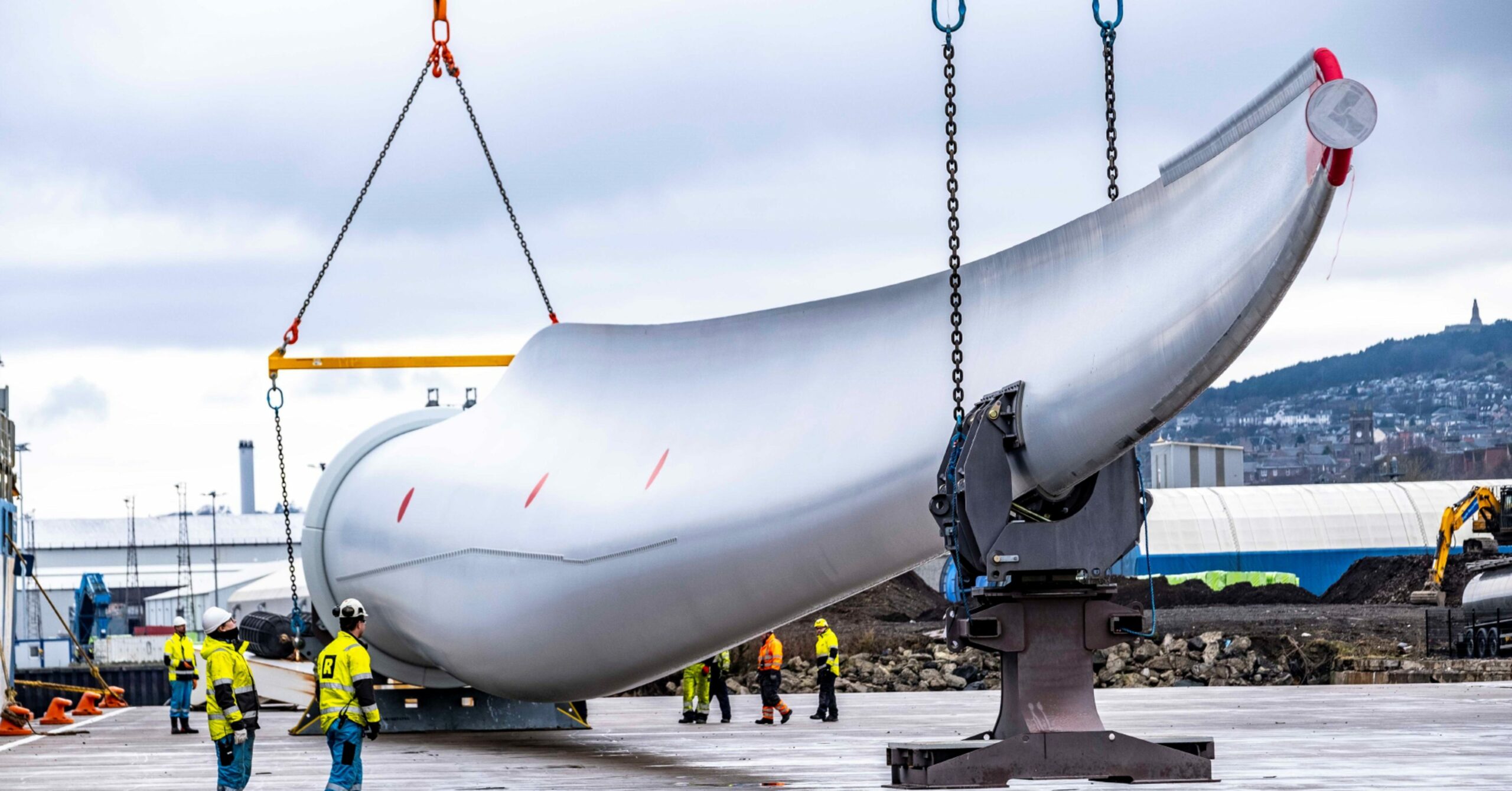 © Supplied by Forth Ports
© Supplied by Forth Ports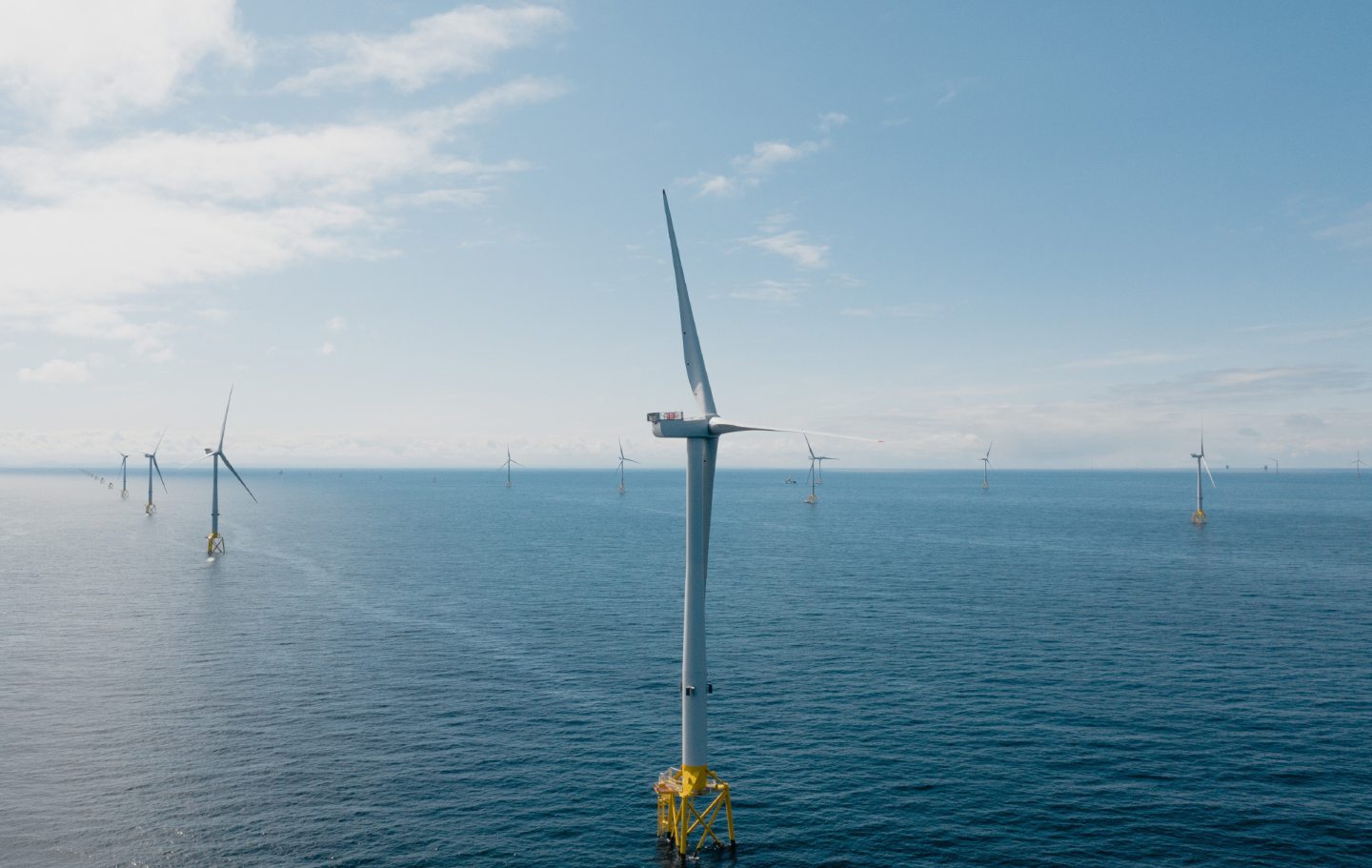 © Supplied by Ocean Winds
© Supplied by Ocean Winds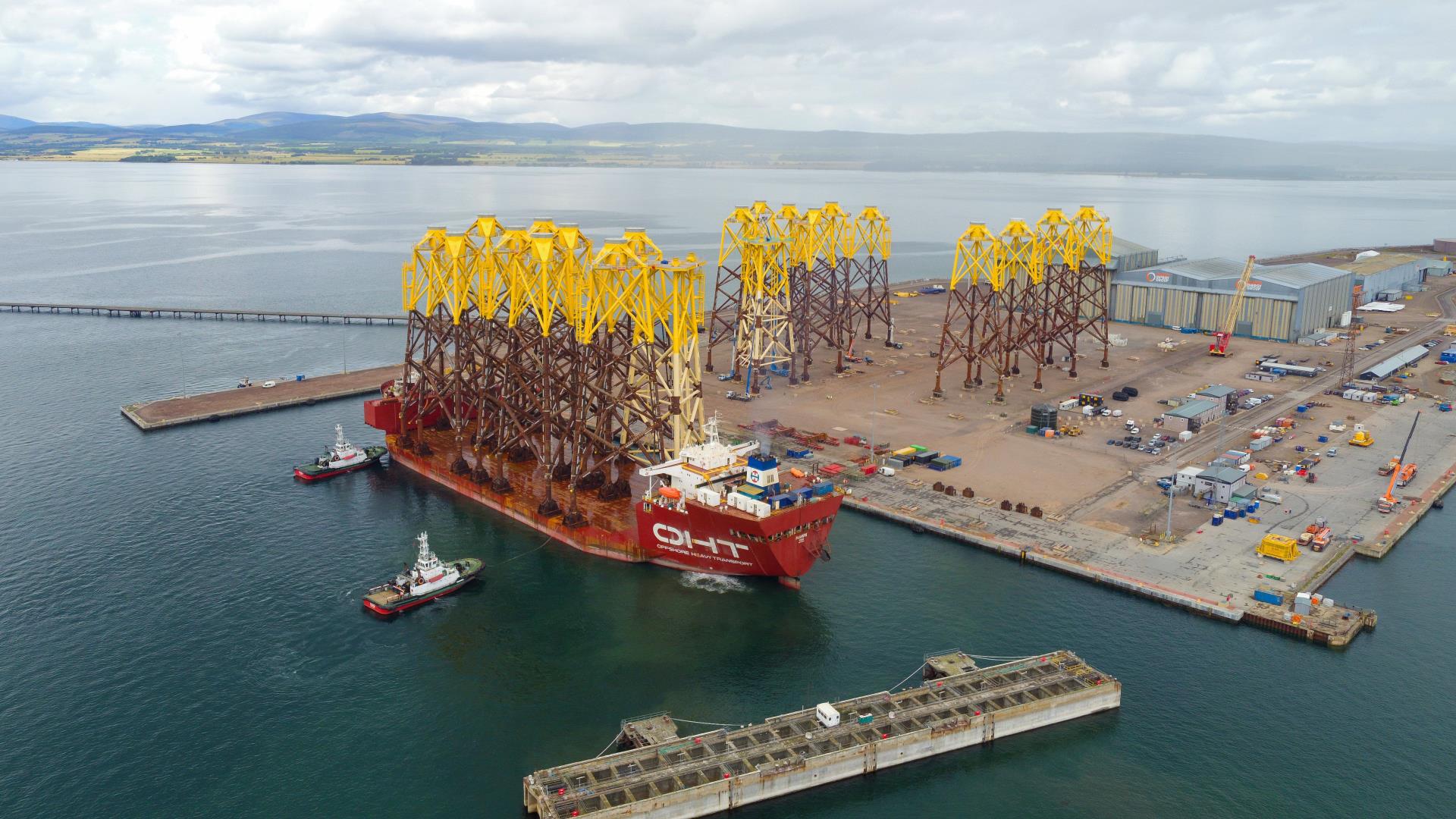 © Global Energy Group
© Global Energy Group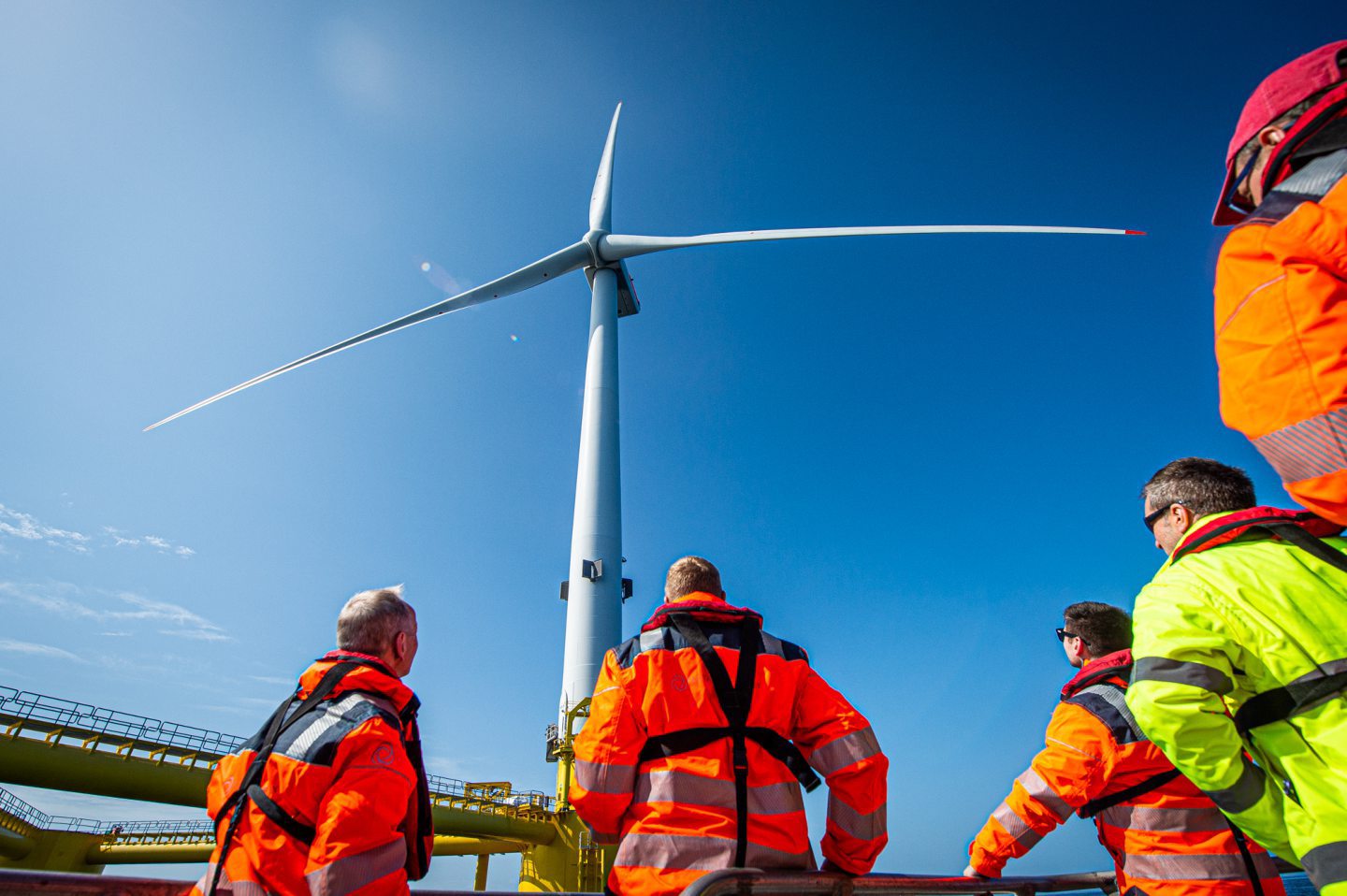 © Supplied by Wullie Marr/ DCT
© Supplied by Wullie Marr/ DCT